#Weight
Eye Spy: GM Engineers Hopped on the Ford Tour for Pickup Inspiration
Figuring out how best to shave weight from the next-generation Chevrolet Silverado and GMC Sierra wasn’t an easy task, with some General Motors engineers resorting to taking public tours of Ford’s Dearborn truck assembly plant just to see how their rival handled its all-aluminum body.
Ultimately, GM opted for a hybrid solution of sorts — some aluminum, backed up by varying grades of steel, to slim down its 2019 full-size pickups. But the obsession with Ford didn’t end with the plant tours.
The Penalty for 50,000 Feet of Freedom? About 200 Pounds
Jared Gall at Car and Driver has compiled a fantastic list of coupe vs. convertible weights and found that, on average, roughly 200 pounds is needed to give God a direct look into your car. But there’s hardly any consensus among different automakers.
Porsche, for example, has no difference in weight between its Cayman and Boxster, whereas BMW’s 4-series carries a 500-pound penalty for plein-air cruising. Many bespoke two-seaters carried small penalties for drop-top enthusiasts: Jaguar’s F-Type, Alfa Romeo’s 4C and Chevrolet Corvette convertibles were all only 1 to 2 percent heavier.
Ford Loads The Scales With Apples And Oranges
From Jalopnik‘s Andrew Collins comes the discovery that Ford’s “weight savings” between the 2014 F-150 Lariat and the 2015 Lariat isn’t entirely a fair comparison.
C7 Corvette Puts On 90 Pounds
Fans of the C7 Covette may be interested to read this breakdown of the extra 90 lbs that the C7 Corvette has put on. For someone such as myself who is used to the OEMs brushing off weight gain or other uncomfortable facts with eye-roll inducing PR pap, the ‘Vette team deserves credit for this itemized breakdown of every component that added to the weight of the C7.
Piston Slap: Crossing Over Into Minivan Tow Ratings?
Mike writes:
Dear Sajeev,
I have been a fan of TTAC for a while now. I am motivated to write by the recent responses to towing with a 2005 Odyssey. Two years ago I bought a 2008 Toyota Sienna and a 21 foot (actual total length) travel trailer. The trailer has a GVWR of 3500 lb, which the Sienna is rated to tow with its towing package. I had an independent shop install a fluid-to-air ATF cooler, unfortunately, perhaps, choosing the smallest model as it was recommended for a 3500 lb tow. I was concerned about getting too much cooling in the winter. The van already had an ATF cooler in the radiator. I had them put in an ATF temperature gauge (before the radiator) at the same time. The towed weight of the trailer is several hundred pounds below the GVWR, but it has a front profile that is basically vertical. I have towed the trailer about 20,000 km (yes, I’m in Canada) and done what Toyota calls an ATF change three times. That’s actually a drain the pan and refill with 4 L of ATF, not really a change. Of course, I have no way of knowing how accurate the gauge is, but the highest it’s been on the highway is 220 F on a couple of grades in the BC mountains (Coquihalla highway). The temperature went down as soon as the grade did. It went up to 240 F or so for a few minutes while backing up a steep hill and around a bit of a corner into a storage yard. The van had 38,000 km on it when purchased and is now at 82,000 km.
Enough background. I am writing to ask why it is apparently okay to tow a larger trailer (5000 lb rating) with a Highlander but not a 3500 lb trailer with a Sienna. As far as I can tell, the engine, transmission and weight of the vehicles are basically the same. The internet is rife with posters who advise against towing with a minivan but seem to have no qualms about doing so with a SUV, except the very smallest.
What do you think?
Thanks very much for helping me out with this. I can find no answer to my question on the internet.
MIT Professor: Put Cars On A Diet!
The car industry is under pressure to improve fuel efficiency. It is not that they have been sitting on their thumbs. Automakers have achieved large increases in fuel efficiency through better technology in recent decades, says MIT economist Christopher Knittel.
The problem is:
“Most of that technological progress has gone into compensating for weight and horsepower.”
Bob Lutz: "I'll Take The Blame For GM's Weight Problem"
The theme that’s emerged most clearly from my interview with Bob Lutz was, somewhat counterintuitively, compromise. Every vehicle that’s developed and built is the product of nearly countless compromises, on everything from performance to efficiency, and from weight and materials to cost. The question isn’t so much if you compromise when developing a new car, but how you compromise… as was demonstrated in our last Lutzian anecdote. And even during my interview, as the conversation bounced from GM to Chrysler, from mass-market products to niche halo cars, I was thrilled that this issue kept coming up. Why? Because this theme played perfectly into the question that was at the top of my list of prepared questions. After all, there has been a mystery haunting GM followers for some time now… a mystery that I’d never seen a journalist ever ask about. And there I was, sitting with one of the few people who was even capable of fully answering it. So I just waited for a pause, opened my mouth and asked:
Why do GM cars weigh more than other cars?
I had no idea what kind of answer to expect… but I definitely wasn’t expecting the answer I got.
Are You Ready For: Plastic Windows?
As automakers face slowly diminishing returns in their attempts to make internal combustion engines more efficient (while facing huge challenges in electric, hydrogen and other alt-fuel drivetrains), they are looking ever more closely at alternative materials to improve efficiency (and, to a lesser extent, driving pleasure) through weight-savings. Perhaps the biggest emerging trend in this area, especially at the higher end of the market, is in the use of carbon fiber, which is being actively pursued by automakers like BMW, Toyota, Lamborghini and Daimler. But, as WardsAuto points out, there’s another material that’s trying to earn a place in the lightweight cars of tomorrow: polycarbonate plastics.
Polycarbonate windows weigh half as much as glass, and because they are made with injection molding they can come in shapes that can’t be imagined with glass.
However, the material is more expensive. To get auto makers to convert, Sabic and its main material competitor, Bayer MaterialScience, have to sell the idea of integrating other parts into the plastic mold that makes the window.
For example, says Umamaheswara, “on a liftgate, a lot of features can be integrated, and if the manufacturer is short of room in the factory, it can be delivered as a module.”
A modular liftgate could include the window, cladding for the D-pillar, a roof spoiler, the high-mounted rear brake light, a rear wiper foot, handles and logos. When all those processing costs are included, he says, polycarbonate is competitive with glass and metal.
Mission Creep, Weight Problems, Compromise Haunt GM Alpha Platform
Yesterday we gave GM kudos for addressing its lingering vehicle weight issues by redesigning the head of its popular 3.6 liter V6, and shedding 13 lbs in the process. It was, we noted, the kind of news that showed GM is staying focused on the nitty-gritty of product development, sweating the details. But, according to a fascinating piece by GMInsideNews, new-product development at GM still has its issues. Specifically, Cadillac’s development of a new BMW 3-Series fighter, known as ATS after its “Alpha” Platform, has faced more than its fair share of what GMI calls “drama.”
Turf battles, unnecessary “wants” on checklists and ultimately a severe case of “Mission Creep” have created a vehicle that now needs a crash diet, according to GMI’s sources both within GM and at suppliers working on the Alpha/ATS program. For a vehicle that’s taking on an institution like the BMW Dreier (not to mention costing a billion dollars to develop), these are troubling signs indeed.
Head Games: GM Drops 13 Lbs From Its 3.6 V6
Holy Cow!: Fisker Karma Weighs Over 5,000 Pounds
Saab 9-4X: The Heavier Cadillac SRX
Built on GM’s “Theta Premium” chassis alongside its Cadillac SRX sister in Ramos Arizpe, Mexico, the Saab 9-4X crossover is less than completely Swedish but more than just a rebadged SRX. Specifically, at a base curb weight of 4,431 lbs (with GM’s 3 liter V6 driving the front wheels), it’s over 200 lbs more crossover than a base SRX.
"Small" MINI Countryman Starts At $22,350
Ferrari Fights The Future
Despite breaking new ground in the field of brand leverage with its Ferrari World Abu Dhabi theme park, Ferrari does seem to have lost the plot a bit in relation to its “other” business building expensive sportscars. Ferrari’s abandonment of the manual transmission might be justified by faster lap times at Fiorano, and the lightning-fast, dual-wet-clutch transmissions that replace them certainly seem to help keep the Scuderia at the bleeding edge of technology (even if they’re designed and built by Getrag). But underlying the faster times, higher speeds and “digital supercar” honorifics from the motoring press, there’s a sense that Ferrari’s progress must accommodate an ever-more ambitious business plan as much as design the world’s most capable and emotive sportscars. And it’s starting to bear some troubling fruit.
Let There Be Light. Weight
When I was a kid copywriter on the Volkswagen account, grumpy but thorough VW engineers drummed one tenet of green into me: You don’t save gas with secret carburetors which the oil companies hide. You save by shedding weight. The less weight to push around, the less energy is needed to do the pushing. From the First Law of Thermodynamics to Einstein, all will agree. Like we agree on the need for a balanced diet. Then we go to the next Wendy’s, and order a triple Whopper. Despite the wisdom, cars tend to gain heft over the years like an erstwhile skinny Italian bella ragazza after the age of 30.
With tougher environmental regulations spreading across the globe, and CO2 mutating into a climate-ogre from something that used to provide the fizz in a soda, automakers remember the old engineering rule: Less weight, less gas, less crud.



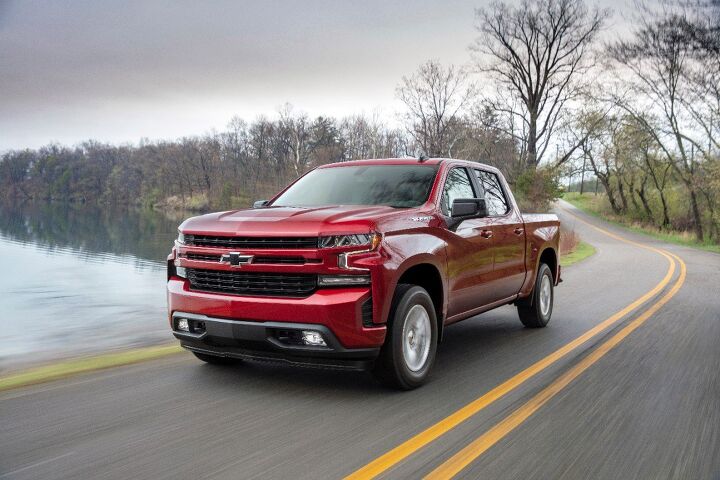
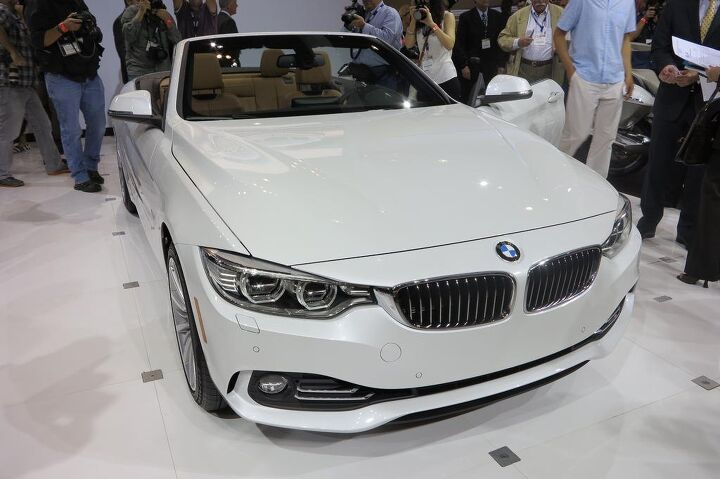

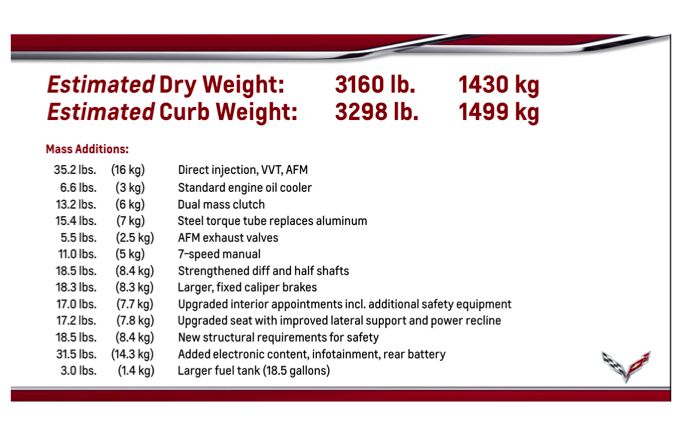




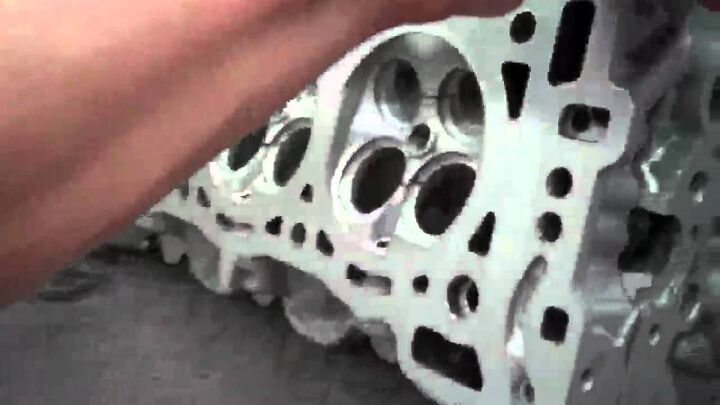

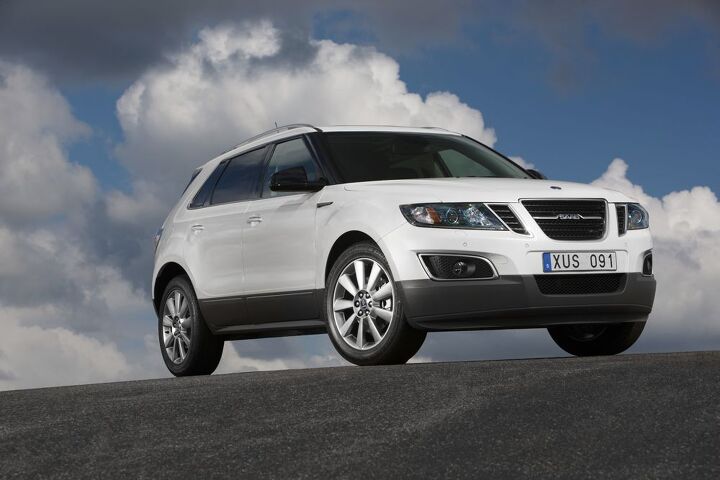
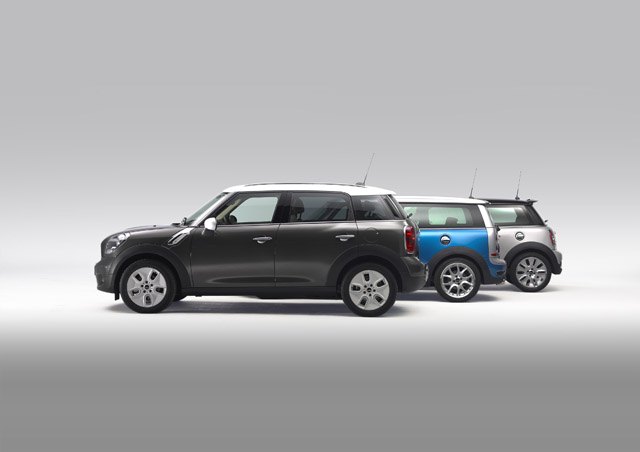
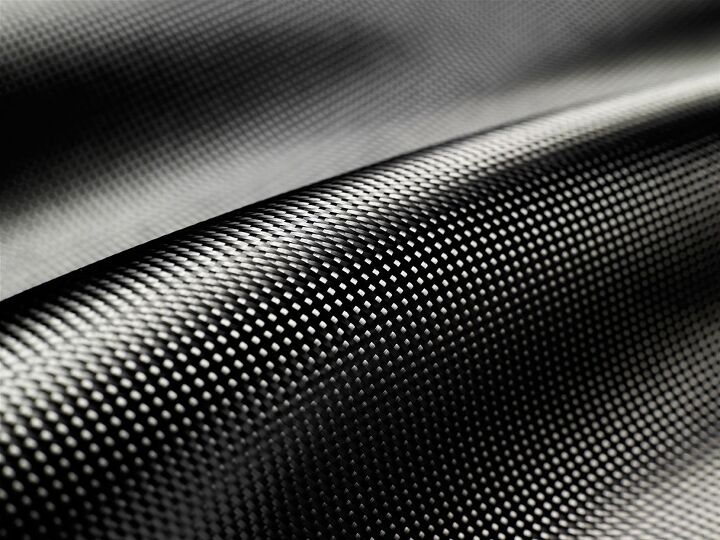












Recent Comments